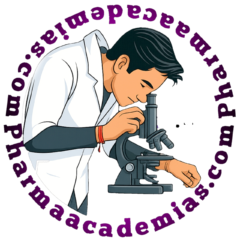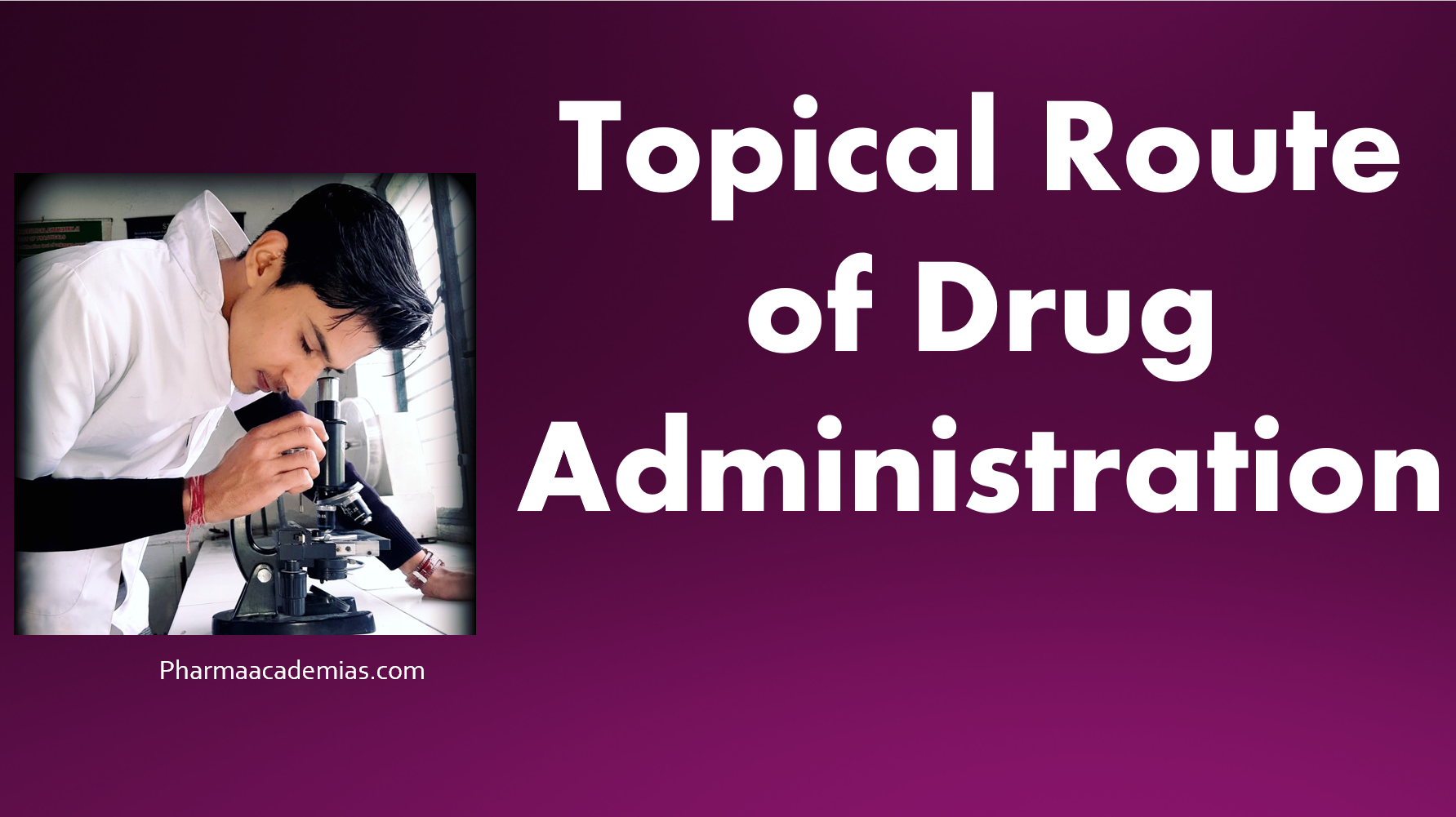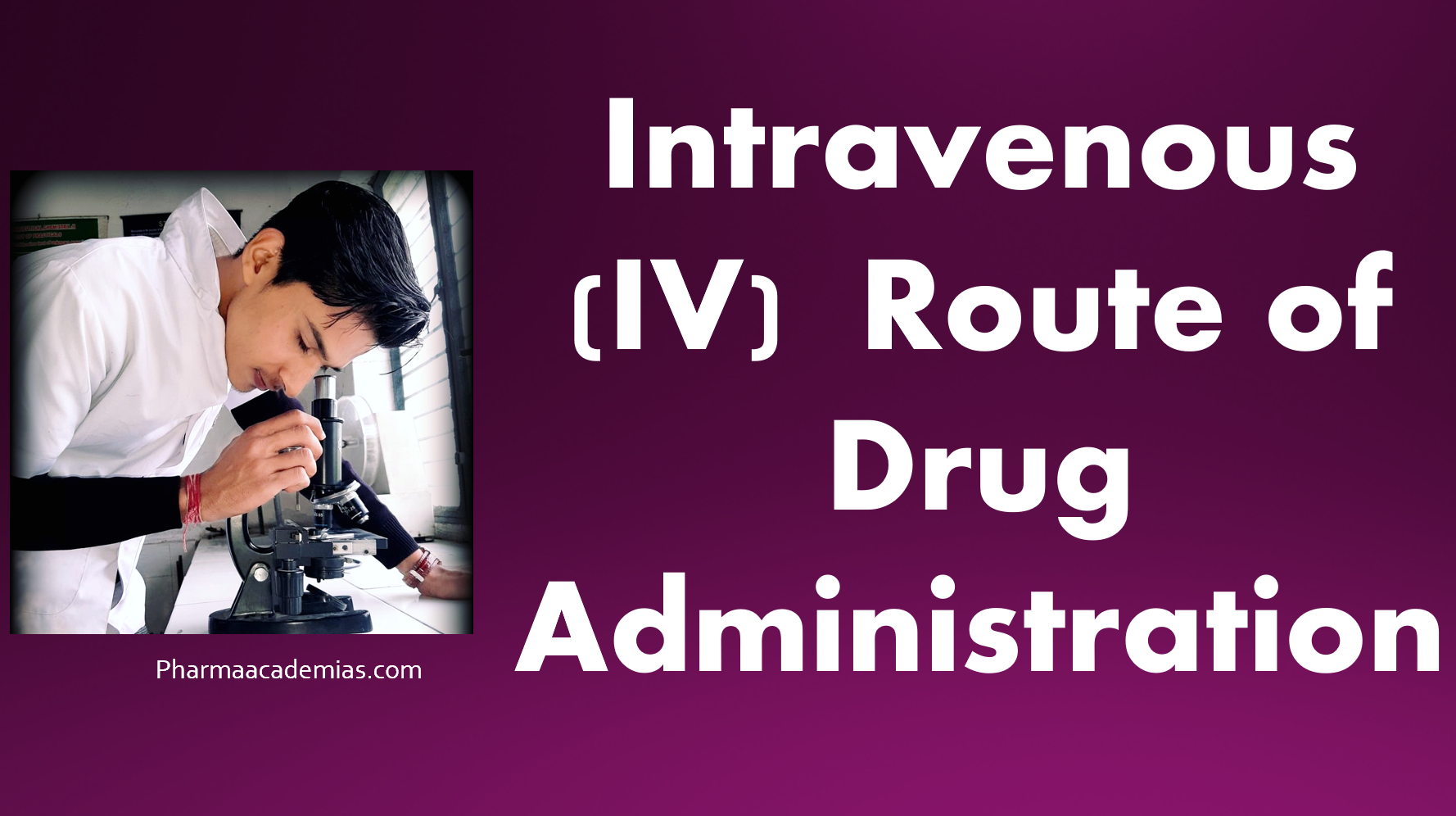Vaginal route
The vaginal route of drug administration involves the introduction of medications into the vagina. This route is mainly used for gynecological and reproductive health purposes and has specific advantages and disadvantages. Here are the key points related to the vaginal route of drug administration: Advantages 1. Local and Systemic Therapy: The vaginal route offers versatility … Read more











 Join Our Telegram Channel
Join Our Telegram Channel